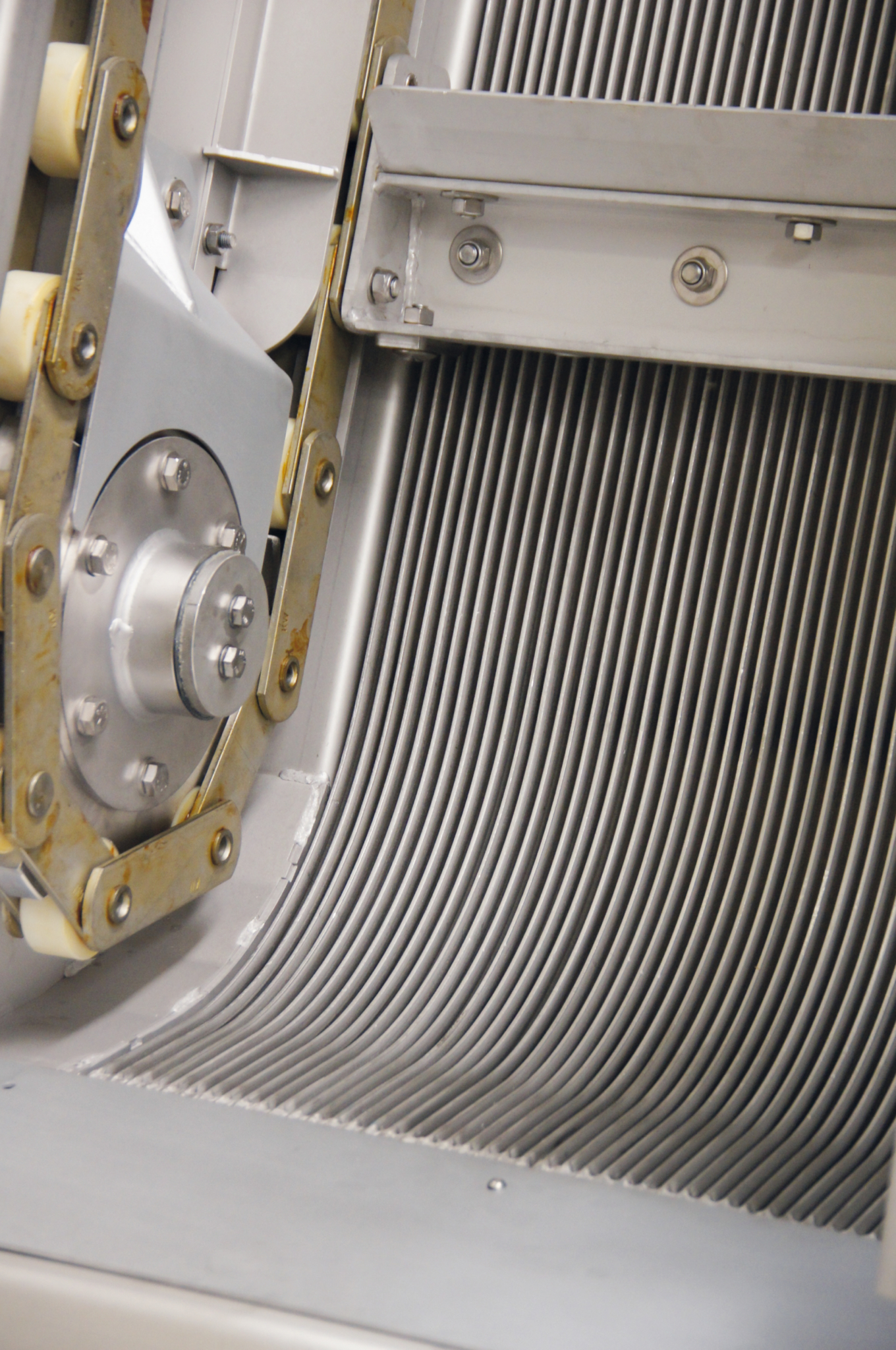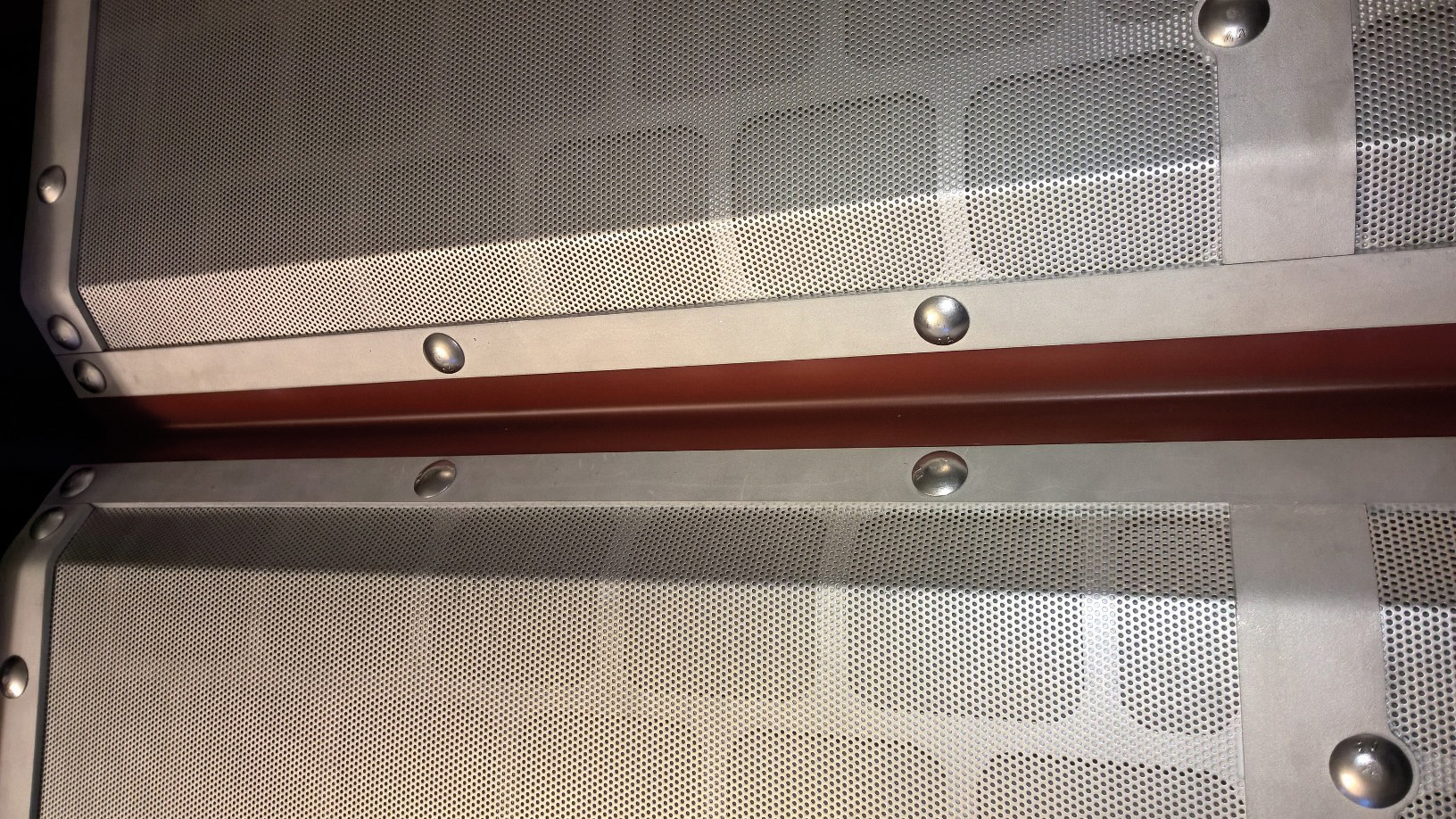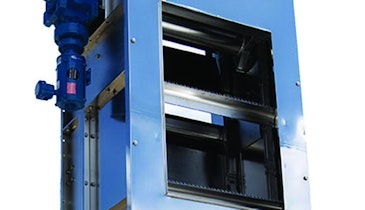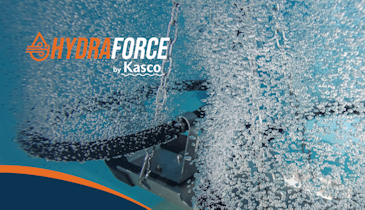Determining the criteria for selecting and sizing a new screen can be tricky because there are so many interdependent considerations. The plant flow, other current equipment, required capture rates, and the installation space available only scratch the surface of considerations that need to be addressed when planning for a new screen.
Here is a list of seven considerations to make when sizing a new screen:
1. Placement – The first consideration when selecting and sizing screens is where those screens will be placed within the framework of the plant process. Will this be a retrofit of an existing installation or will it be new construction? Installation space can be the single most influential driver in a plant refurbishment project. Even when land acquisition costs are not necessarily an issue, sometimes the space available at a particular point in the treatment process is sandwiched between other immovable processes. While a retrofit may be less of a capital expense, the choices will be limited by what type of screen can be used as compared to a new construction option.
2. Technology to be protected – The technology and process downstream of the headworks screen will provide an indication of what type of screen should be used. Coarse screens tend to be bar screens, which are less susceptible to blinding from fats, oils and grease, although this type of screen passes through a greater amount of hairs and fibers. If technologies employed downstream (mixers, MBRs, etc.) are sensitive to this material, then a finer screen with a defined porosity (i.e. perforated plate screen) should be employed. In some cases, a more difficult wastewater would dictate a combination of coarse and fine screen to provide reliable operation and protection.
3. Hydraulic flows – Understanding the range of wastewater flowing through your plant on a daily basis is fundamental to sizing new screening equipment. The full range of the hydraulic flow must be accounted for, such as peak, average and low flow conditions. In addition, the installation might also need to take into consideration future planned flow as well. Maintaining proper velocities in the channel to keep grit moving along to the grit chambers should be considered to prevent solids from settling out in the screening basin.
4. Screenings capture rate - The required screenings capture rate of a given screen depends on what kind of equipment you have downstream that you need to protect (such as mixers, samplers, MBR, etc.). Most reputable manufacturers can provide independent verification of screening capture rate for the screen being offered. This becomes a more critical verification criterion when considering a fine screen for protecting an MBR process.
5. Type of screen – The nature and makeup of the incoming flow will dictate what the frontline screen should be. The most robust screen choice is a bar screen. This type of screen can handle a much more punishing condition where heavy debris, screenings and grit enter the facility. A perforated plate screen is selected when a higher rate and finer capture of screening material needs to be removed from the flow stream.
6. Headloss across the screen – Typically the rule of thumb is: the finer the screen, the higher the headloss exerted by the screen. It is important to understand the hydraulic profile of the plant and the effect of the screen within the process design. Additionally, a finer screen also has a higher rate of screenings removal as well as entrained organics that will require a more specialized washing and conveyance system as opposed to a coarse bar screen.
7. Capital costs – Often a major consideration, higher capital costs can derail a project which otherwise meets a plant’s needs. A better idea is to calculate the total cost of ownership on bid-by-bid basis. This way, the lifetime of different screening solutions and their theoretical replacement value can be understood. There’s nothing more frustrating than a piece of equipment that’s a money pit.
While this is not an exhaustive look at the factors that should be considered when replacing screens, it serves as a good starting point to begin a detailed evaluation of the requirements. There are, however, particular cases that require more detailed investigation prior to developing any specifications. Membrane bioreactors require a very specialized screening protocol due to the delicate nature of the equipment.
Visit the HUBER Technology, Inc. Storefront








